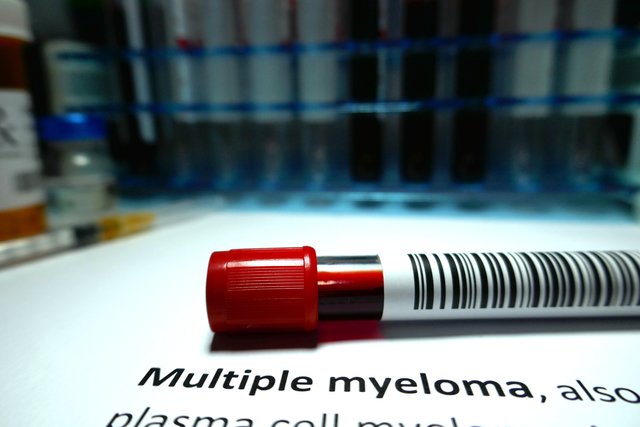Just days after moving their multiple myeloma CAR-T into the FDA’s fast lane, Johnson & Johnson and Legend Biotech are unveiling new data to pad its case. The treatment shrank tumors in 98% of very sick patients with multiple myeloma and eliminated them in 80% of patients.
The data come from the phase 2 part of the CARTITUDE-1 study, which tested the treatment in 97 patients whose cancer had returned after trying a median of six prior treatments or had not responded to treatment in the first place. All of the patients had tried the three types of multiple myeloma treatment with no luck: a proteasome inhibitor, an immunomodulatory drug and an anti-CD38 antibody like Johnson & Johnson’s own Darzalex. Nearly all of them (99%) had been failed by their most recent treatment.
A year and a half after treatment with ciltacabtagene autoleucel, otherwise known as cilta-cel, 80% of patients had a stringent complete response—meaning the clearance of detectable cancer defined by the absence of two key markers of myeloma in the blood and bone marrow. That’s up from the 67% J&J and Legend reported in December 2020 after one year of treatment. The results will be presented at the annual meeting of the American Society of Clinical Oncology this weekend.
“What I think we are seeing is a deepening over time … We know the depth of response is also correlated with better long-term outcomes, and we are seeing that durability of response now,” said Mark Wildgust, Ph.D., vice president of global medical affairs, oncology, at Johnson & Johnson’s Janssen R&D unit.
A year and a half after treatment, 81% of the patients were still alive, and two-thirds of them had not seen their disease get worse. It’s good news for a patient group that has been failed by all available treatment options and usually lives for about nine months.
“If we look in the literature right now, an 80% stringent complete response rate, to my knowledge, is the highest we’ve seen in any study—and that includes studies with newly diagnosed myeloma,” Wildgust said.
The most common side effect was neutropenia, or low levels of a type of white blood cell, which affected 96% of patients. Coming in second was cytokine release syndrome (CRS), which happens when CAR-T works too well and activates the immune system too strongly. Though 95% of the patients suffered CRS, the majority of cases (95%) were mild, with nearly all cases resolved in the first two weeks.
As seen in earlier data, CRS predictably came on about a week after treatment, later than it usually does with other CAR-T therapies. Because of that lag, J&J and Legend figure they may not need to keep patients in hospital for monitoring after treatment, instead sending them home and bringing them back again only on an as-needed basis.
The companies are exploring this option—and testing cilta-cel in patients earlier in their disease—in a separate phase 2 study called CARTITUDE-2. Unlike CARTITUDE-1, this study tested cilta-cel in patients who had tried one, two or three prior lines of therapy, and the first data, from 20 patients, are promising.
It seems to be clearing cancer more quickly in this patient group, with 75% of the patients seeing their cancer banished just six months after treatment, Wildgust said. And it could be less toxic to these patients, with some side effects hitting a smaller proportion of patients than in CARTITUDE-1, including CRS (85% compared to 95%) and neurotoxicity (21% versus 15%).
And that’s not all—what happens in this small group of patients could forecast how cilta-cel will fare in a pivotal phase 3 study in the same kind of patients. Dubbed CARTITUDE-4, that trial is pitting cilta-cel against two standard-of-care combination treatments: Bristol Myers Squibb’s Pomalyst (pomalidomide) and the corticosteroid dexamethasone—dubbed pom-dex—alongside either J&J’s Darzalex or Takeda’s Velcade.
J&J and Legend wrapped up their rolling FDA submission for cilta-cel in April and snagged a speedy review on Wednesday. The agency expects to decide the fate of the treatment by Nov. 29.
The companies are seeking approval for cilta-cel in patients with relapsed or refractory multiple myeloma, the same patient group for which the FDA cleared Bristol Myers’ and bluebird bio’s Abecma for in March after rejecting it last July. But cilta-cel could have an immediate advantage over its rival: J&J and Legend tested their treatment in patients who had tried at least three prior treatments, while Abecma is approved for patients who have gone through at least four.

